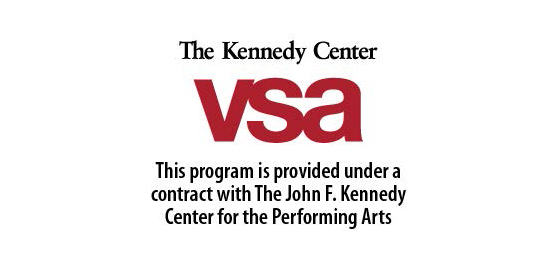In anticipation of the new Common Core State Standards (CCSS) for fine arts education, Illinois State is helping K–12 music, movement, and theater teachers get a leg up on the new requirements for fine arts curriculum and assessments for students with disabilities.
The Colleges of Education and Fine Arts will team-up with two Chicago Public Schools and organizations in their communities to deliver professional development to educators and to create inclusive, standards-based fine arts curriculum and assessments for students with disabilities. The colleges received a contract from the John F. Kennedy Center for Performing Arts in Washington, D.C., for this work.
Faculty and preservice teachers will co-teach with fine arts and special education teachers at Clara Barton Elementary (K–8) and Northside Learning Center (9–12). Community partners previously established through the Chicago Teacher Education Pipeline—North River Commission of Albany Park and the Greater Auburn Gresham Development Corporation—will come in as equal partners to the project.
“The goal is to determine effective methods of modifying curriculum and assessment of students with disabilities so teachers will know how to approach fine arts standards,” said Christina Borders, assistant professor of special education and co-principal investigator for the contract.
Through this collaboration, the schools will modify instruction and assessment in common core subjects for areas that haven’t been looked at in the past for teacher accountability.
“This work represents something that not a lot of people have done,” Borders said. “Thus, we are trying to co-construct the knowledge with these partners rather than go in there as experts trying to tell them what to do. We are learning from them, they are learning from us, and we all are allowing ourselves to try some new things.”
In addition to publishing their research, the investigators will produce a teacher-friendly package of resources as a guide for fine arts educators.
“I anticipate that the outcome of this project will be an anthology of arts assessment that will include examples of students responding to alternate means of instruction and assessment, lesson plans, modification of the standards, lessons learned from teachers, and other usable information that can be used in Illinois and across the nation,” Borders said.
While faculty will have to adapt the fine arts curriculum to draw upon the principles of Universal Design for Learning (UDL), this transition presents opportunities for extending the benefits for students with disabilities.
“Instruction in fine arts is helpful and increases performance across academic areas for all students. But this is a largely untapped area for students with disabilities,” Borders said.
Through this work, she hopes to give students the ability to express themselves through nonverbal or creative means and in ways that will allow them to communicate their individuality and show growth in all the arts areas.
“We also hope that they will show academic growth in nonstandard ways,” Borders said.
This could include demonstrating new abilities through playing music or completing a dance routine or even a theater performance.
However, most fine arts teachers receive little training in working with students with disabilities and adapting their instruction through UDL principles such as multiple means of action and expression, engagement and representation. Therefore, scaffolding instruction and assessment has the potential to fill a real and pressing need.
The hope for Borders and her colleagues is that arts instructors will benefit from these strategies and incorporate them into their curriculum to make learning accessible for all of their students.
“The Common Core Standards are there to ensure that everybody is getting the same sort of instruction,” Borders said. “If those aren’t looked at in light of disability—and they definitely haven’t been looked at that way in terms of arts instruction—then we are not ensuring equal access.”


